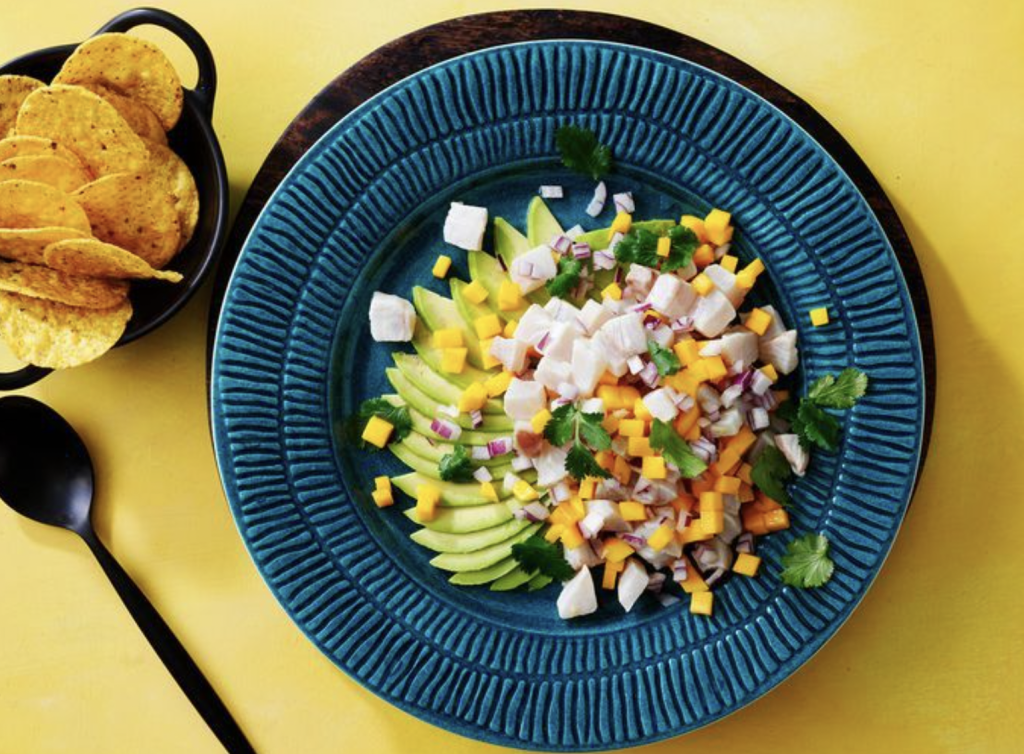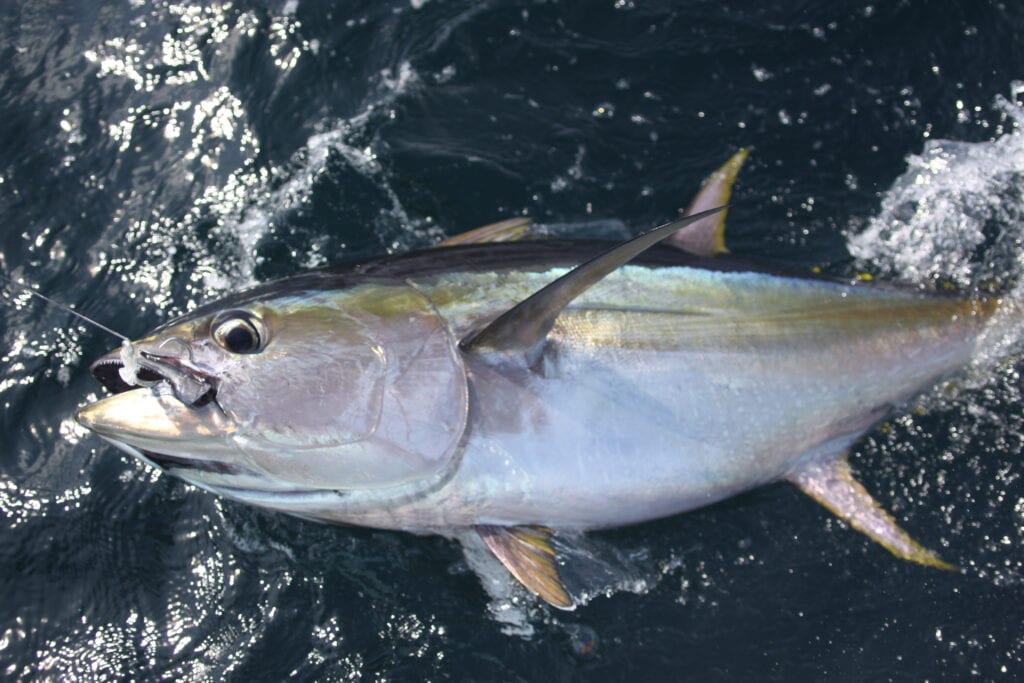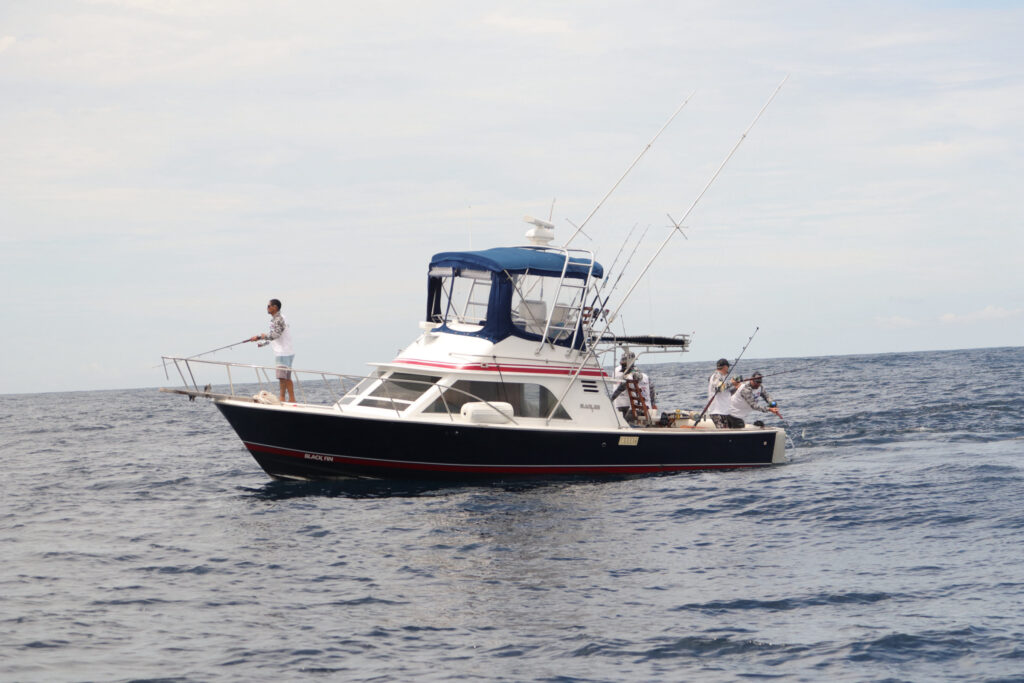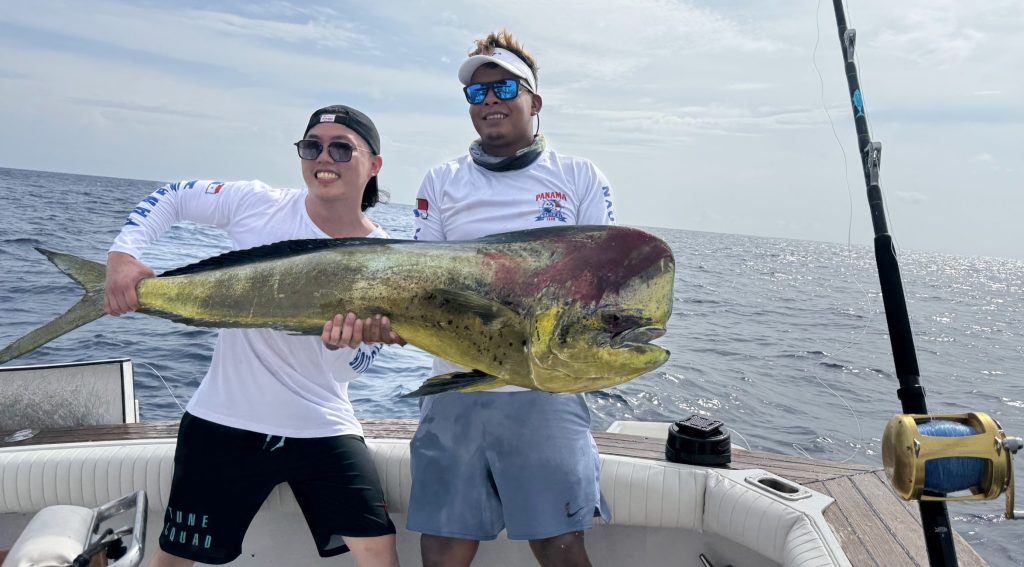At the heart of every memorable fishing expedition is not just the thrill of the catch but also the pleasure of tasting your conquest. This article will guide you through the journey of catching, preparing, and savoring wahoo.
- Techniques impacting wahoo taste: Learn about trolling, a method that involves dragging high-speed lures through the water to catch this speedy fish. How does this technique affect the taste of wahoo?
- Prime locations for the finest wahoo: Discover why the depths between 150 and 500 feets are ideal for finding the best wahoo. Could Panama Nautical Club be the prime spot you have been looking for?
- Cooking techniques to enhance wahoo’s taste: From grilling to preparing it as sashimi or ceviche, and even trying it seared, baked, or raw, explore various methods to unlock the exquisite taste of wahoo. Which method will you try first?
- The distinct flavor profile of wahoo: Dive into the unique characteristics of wahoo’s flavor, noting its lean, sweet taste and firm texture. What makes wahoo a must-try for seafood aficionados?
Is Wahoo Good For Eating?
Catching wahoo is a thrilling adventure, largely due to the fish’s remarkable speed and agility in the water. The methods employed to catch this sought-after fish greatly influence its final taste on your plate. Trolling, which involves pulling high-speed lures through the water, is a favored technique among anglers. This method is particularly effective with wahoo, as they are known for their swift and powerful strikes at the bait.
The process from hooking a wahoo to cooking, is critical in maintaining its unique flavor and tender texture. The quality of the meat can be affected by how the fish is handled immediately after the catch. How it is stored on the boat, and the care taken during its preparation for cooking are also very important factors. This attention to detail ensures the integrity of the wahoo’s delicate taste, answering the question, “Is wahoo good for eating?” with a definitive yes.
Where to Find the Best Wahoo
Anglers seeking to catch wahoo will typically find these swift and elusive fish in deeper waters ranging from 150 to 500 feet rather than close to shore. Wahoo are known for their preference for the open ocean, particularly in areas where the water depth varies dramatically, such as near drop-offs, ledges, and sea mounts. Such structures in the ocean floor create currents that attract smaller fish, which in turn draw in wahoo in search of a meal. This preference for deeper waters and areas with significant underwater structure makes them a challenging catch, requiring anglers to venture offshore into the open ocean.
The area around Panama Nautical Club, located in the Gulf of Chiriqui, is particularly rich in wahoo populations due to the region’s exceptional marine biodiversity. Anglers have the advantage of access to deep ocean waters relatively close to shore, due to the area’s unique underwater geography. This proximity to deep water allows for shorter trips to wahoo fishing grounds,.
One of the most effective techniques for locating wahoo is trolling at high speeds using lures that mimic the appearance and movement of small fish. Wahoo are solitary hunters but can occasionally be found in small, loosely associated groups, especially around abundant food sources in these deeper waters.
From Ocean to Table: Cooking Wahoo
Let’s delve into the various cooking techniques that can transform this prized catch into a gourmet experience.
Grilling:
- Grilling wahoo over an open flame is a preferred method that highlights the fish’s natural flavors.
- The slight char and smokiness from the grill complement the lean meat, enhancing its taste without overpowering it.
- To retain moisture and tenderness, wahoo steaks or fillets should be monitored closely and cooked just until opaque.
Sashimi:
- Slicing wahoo into thin pieces and serving it raw as sashimi celebrates its freshness and delicate flavor.
- This method allows the subtle sweetness and silky texture of the fish to be the star.
- Accompanied by soy sauce, wasabi, and pickled ginger, wahoo sashimi is a delicacy.
Ceviche:
- Preparing wahoo as ceviche, where the fish is “cooked” in citrus juices, is another exquisite way to enjoy its flavor.
- The acidity from lime or lemon juice gently cures the fish, resulting in a tender and flavorful dish.
- Mixed with fresh herbs, onions, and peppers, wahoo ceviche is a refreshing and vibrant appetizer or main dish.
Seared:
- Quickly searing wahoo fillets in a hot pan with a bit of oil creates a crisp exterior while keeping the inside moist and tender.
- The high heat locks in the flavors, making seared wahoo a simple yet elegant meal option.
- It can be finished with a squeeze of lemon or a light sauce to complement its mild sweetness.
Baked:
- Baking wahoo in the oven is a foolproof method that ensures the fish remains juicy and flavorful.
- Marinating the fillets beforehand or topping them with a mix of spices, herbs, and a splash of olive oil can add depth to the dish.
- Baked wahoo pairs well with a variety of sides, from roasted vegetables to light salads.
Raw (Tartare or Poke):
- Enjoying wahoo raw in tartare or poke bowls showcases its freshness and versatility.
- Combining wahoo with ingredients like avocado, scallions, sesame oil, and soy sauce, making it a hearty and healthy meal.
- This preparation highlights the fish’s natural flavors in a bold and colorful way.
The Flavor of Wahoo
Anglers and chefs alike understand that the thrill of catching a wahoo is matched by the culinary delight it offers. Its lean meat, when properly taken care of, promises a dining experience that is as rewarding as the catch itself. This process underscores the importance of sustainable and respectful fishing practices.
The taste of wahoo is as intriguing as its pursuit. Its flesh is light and not overly fishy, making it an excellent choice for a wide range of dishes. Each of these cooking methods brings out the unique qualities of wahoo, making it a versatile ingredient in various culinary creations. Whether grilled, served as sashimi or ceviche, seared, baked, or enjoyed raw in tartare or poke, wahoo’s mildly sweet flavor and firm texture make it a delight for the palate, confirming that “Is wahoo good for eating?” is a question with a deliciously positive answer.
At Panama Nautical Club, the journey from the thrill of the chase to the first savory bite of wahoo is an adventure that goes beyond fishing. It’s about experiencing the ocean’s bounty and understanding what makes wahoo a prized catch among anglers and chefs alike.
Join us and book your adventure today and enjoy the extraordinary flavors and experiences that await you.




